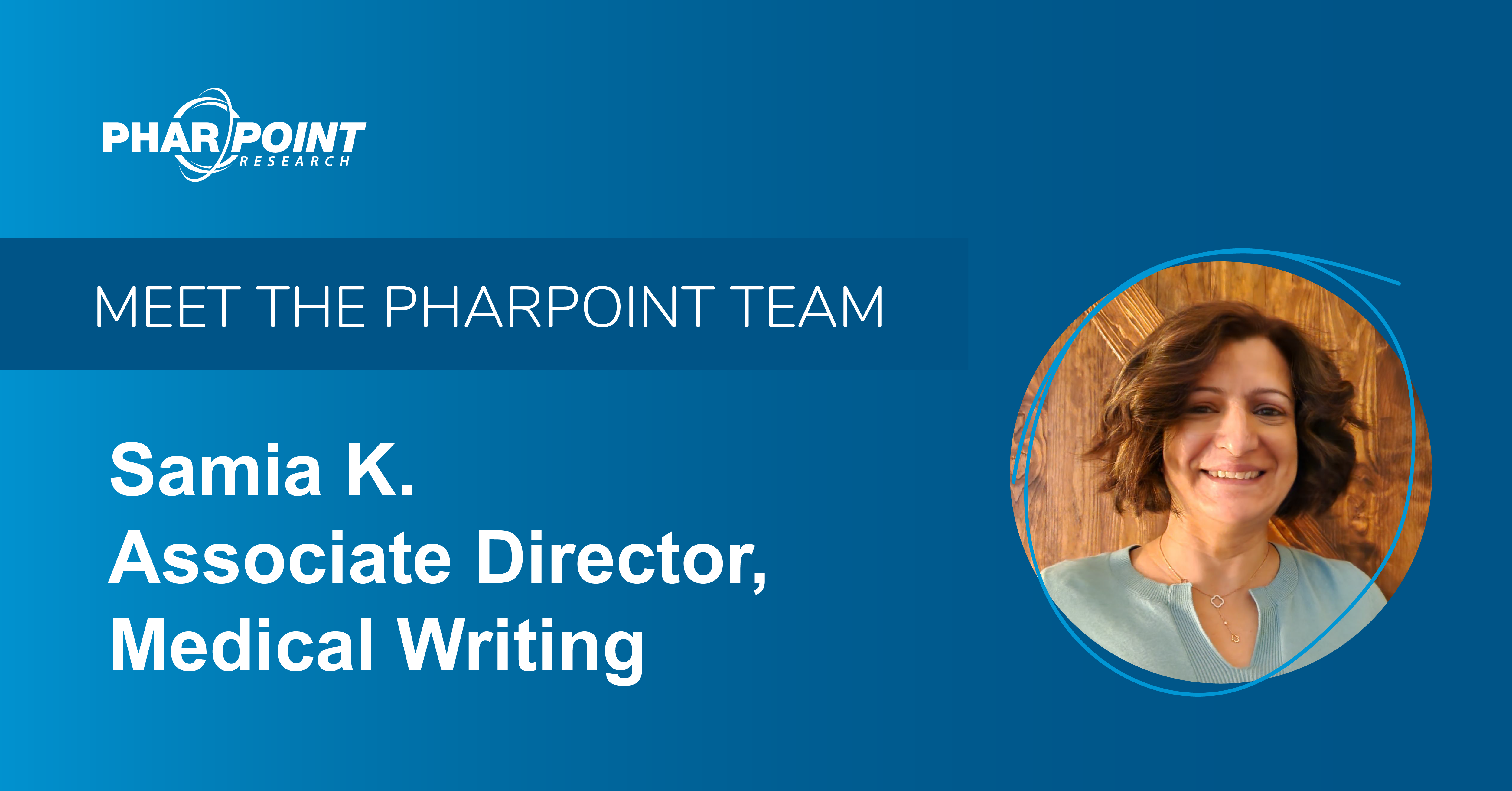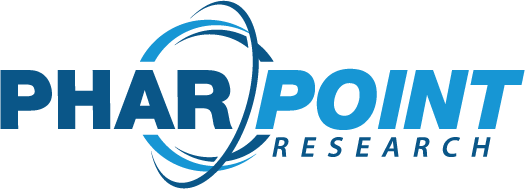
PharPoint’s Associate Director of Medical Writing, Samia, is a lifelong learner.
“One of the most important things I’ve learned,” she shares, “is that unless you are challenged to do something – you may never do it.”
In 2001, Samia had just graduated from pharmacy school in Jordan when someone suggested she use her degree to work in clinical research. At the time, the clinical research industry was still relatively new in Jordan, and the potential piqued her interest.
Samia started work in a research lab, and sometime around 2002, she was given her first opportunity to support medical writing in a limited scope amidst her other responsibilities. She eventually moved into a role that allowed her to pursue medical writing full-time.
“I love what I do,” she says. “I start working at 8 a.m., and if it weren’t for my husband, I wouldn’t know that it was time to stop.” She laughs.
In her role at PharPoint, Samia supports clients in preparing and developing various regulatory documents, including protocols, investigator brochures, and clinical study reports.
“I love them all, I have to tell you,” she says when asked about her favorite type of document to write. “Each one of them has its certain… uniqueness.”
She talks about the opportunities and challenges each new deliverable presents her: how she gets to learn more about new medical conditions and mechanisms of action when writing protocols and how she’s able to tackle the “bulkier,” more intense process of writing clinical study reports.
With each deliverable, Samia uses systematic processes that bring clarity to her workflow and her exchanges with clients. She prioritizes transparency – in communication, timelines, and expectations – to allow for a more seamless process.
“I am only one part of a long and complex chain,” Samia shares. “I rely on others to deliver, and others rely on me to deliver. This is key when I’m part of a team.”
Outside of work, Samia is an avid reader. She recently started learning to make candles that she shares as gifts or burns and enjoys at home with her husband.
At PharPoint, Samia’s role interacts with multiple departments. “I really enjoy working with every person here. I feel like I belong to every team. Everyone talks to you as a human being, not just a number. That’s something you don’t find everywhere.” She pauses. “Actually, you rarely find it.”
“I’m looking forward to the new year in hopes that it brings new challenges. Good challenges. To be better in so many ways.”
RELATED RESOURCES


